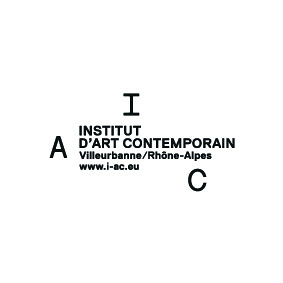The Middle Earth
Mediterranean Project
March 2–May 27, 2018
In Spring 2018, the IAC in Villeurbanne will entrust the totality of its space to artists Maria Thereza Alves and Jimmie Durham for their project The Middle Earth, devoted to the Mediterranean region.
This new and original collaboration comes from the artists’ desire to explore together the territory where they live, in a poetic and critical fashion.
After a period in Marseille, followed by Rome and then Naples, where they regularly travel, Alves and Durham settled on the coast of the “inland sea” following a continuous and engaged period of roaming that led them away from the American continent and all the way to Europe.
In a similar vein to Jimmy Durham’s Eurasian Project, begun in 1994 just after his departure from America, and the project Seeds of Change that Maria Thereza Alves began in the port of Marseille in 1999, the idea of The Middle Earth began little by little to take shape, in search of that vast continent, not at all defined by nations, but rather something that is completely imagined and dreamed, and thus, endless.
The two artists, who both have their own distinct, internationally recognized, artistic practices, reveal common influences that come, on the one hand from a political engagement that flows through their respective work, and on the other hand common areas of research that deal with notions of territory and authority. One can indeed observe these questions in the work of both artists, and in both cases, their thought processes are engaged in the same criticism of the ideological and normative frameworks that shape people’s relationships with the world.
Maria Thereza Alves brings a particular focus, that is also that of an activist, to the experience of a territory and this guides the research, between poetry and ethnology, that she does on migratory phenomena and uprooted peoples.
In Europe, Durham’s work has focused mainly on the relationship between architecture, monumentality and national history, through the deconstruction of stereotypes and official narratives. Considering history as a process, he seeks the reality of objects, their intentionality even, within an evolutive context, as opposed to their frozen categorization.
Starting from the matrix form of relationship that exists between their artistic practice and the places that they move through or live in, the two artists will work in collaboration with one another, embarking upon new research at the IAC that deals with the mixed heritage of the Mediterranean.
The exhibition The Middle Earth has been created and imagined in the form of an active dialogue between recent artworks, original creations and a multiplicity of archeological pieces and objects originating from the Mediterranean basin, that have been borrowed from the collections of different museum collections: The Museum of Archeology of Marseille, The Museum of Fine Arts of Lyon and The Musee des Confluences of Lyon.
Divided into specific fields of knowledge, the exhibition thus plays with universalist and scientific models such as the traditional museographic codes. Western museums of art, ethnography, cultures and society, through the objects that they choose to exhibit, do indeed transmit a certain vision of the world, reflecting a certain vision of what they “represent,” often referring to historical stereotypes.
It is this vision that Jimmie Durham and Maria Thereza Alves have decided to challenge, remaining faithful to the poetical and critical engagement that forms the basis of their artistic approaches, whether in the very principle of assembly of Durham’s sculptures or the contextual work being done by Alves.



